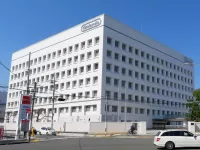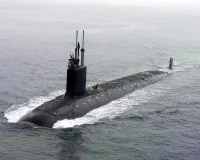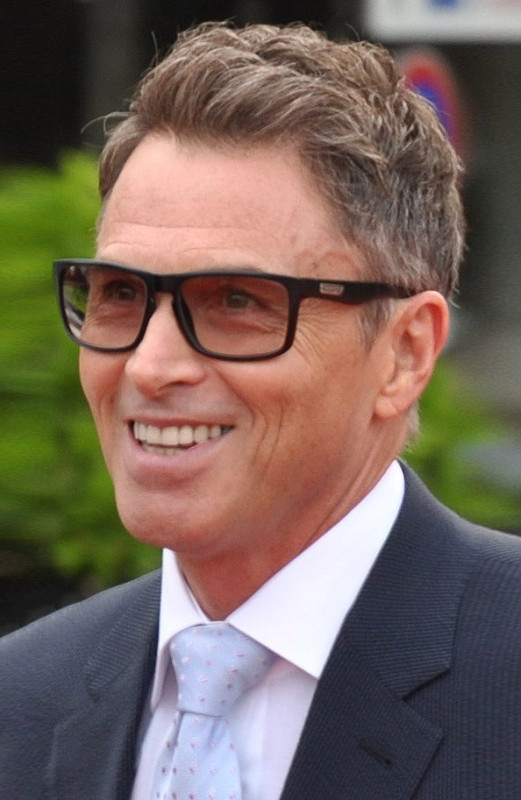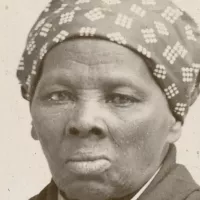NEC Corporation is a Japanese multinational IT and electronics corporation headquartered in Tokyo. They offer IT and network solutions such as cloud computing, AI, IoT platforms, and telecommunications equipment and software. Their services cater to business enterprises, communication service providers, and government agencies. NEC was the leading PC vendor in Japan since the 1980s with the PC-8000 series and now operates its domestic PC business via a joint venture with Lenovo.
Mentioned in this timeline
Huawei is a Chinese multinational technology corporation headquartered in Shenzhen...

Nintendo is a Japanese multinational video game company based in...
California is a U S state on the Pacific Coast...

Samsung Group is a South Korean multinational manufacturing conglomerate and...

A submarine is a watercraft capable of independent operation underwater...
India officially the Republic of India is a South Asian...
Trending

9 months ago Jamie Foxx at 'Number One on the Call Sheet' premiere, addresses DEI rhetoric.

5 months ago Téa Leoni and Tim Daly Get Married After Years Together: Intimate Wedding

7 days ago Dick Vitale and Charles Barkley Team Up for College Basketball Broadcasts This Season
4 days ago Mortgage Rates Fall: Refinance Opportunities and Lender Options Emerge in December 2025
14 days ago Matt Rogers' brief moment: Comedian strips down, ignites wild reactions, fans are feral.

Fraser Minten is a Canadian professional ice hockey centre currently playing for the Boston Bruins in the NHL He was...
Popular
Matt and Ross Duffer known as the Duffer Brothers are...

Candace Owens is an American conservative political commentator and author...

Ilhan Omar is an American politician currently serving as the...

XXXTentacion born Jahseh Dwayne Ricardo Onfroy was a controversial yet...

Tom Cotton is an American politician and Army veteran currently...

Harriet Tubman was a pivotal American abolitionist and social activist...